Black Diamond Cut
TABLE OF CONTENTS
How is Black Diamond (Natural and Lab) Cut?
Black diamonds are cut in much of the same way white diamonds are with a few subtle differences. Instead of being cut to maximize brilliance, they are cut to show their unique features and maximize the absorption of light.
To do this, a master diamond cutter evaluates the stone for inclusions and chooses whether it is shaped using a step cut, brilliant cut or a combination of the two. If it is shaped using a brilliant cut, it will have eight faces, twelve edges, and six vertices so it won't lose much carat weight.
If it is shaped using a step cut, it will have a square or rectangular shape with eight lines running parallel along the length and width of the stone. It is important to carefully choose how to cut a black diamond due to its hardness.
What is the Black Diamond Cutting Process?
The cutting process for black diamonds is quite strategic. Although the process is complicated, it can be broken down into five steps:

Planning
This is the most important step in the process. The planning stage determines much of how the stone will run out because it includes several details such as shape and size. The diamond cutter will use their expertise in combination with computer software to map the rough stones into the best it can be without losing too much.
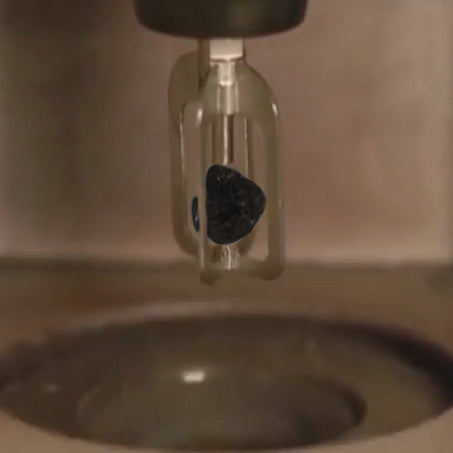
Cleaving
This is where the diamond cutting expert will split the rough stone into separate pieces. It is typically done with mechanical saws or contactless lasers.

Bruting
This step takes the separate diamonds and turns them into round stones by placing them on a spinning axel and grinding them against each other. You may hear this step also being referred to as girdling.

Polishing
Although this is technically a two-step process, this step turns the round shape into a diamond shape with smooth, reflective facets. This part of the step prepares the stone for brillianteering where the remaining facets are added.
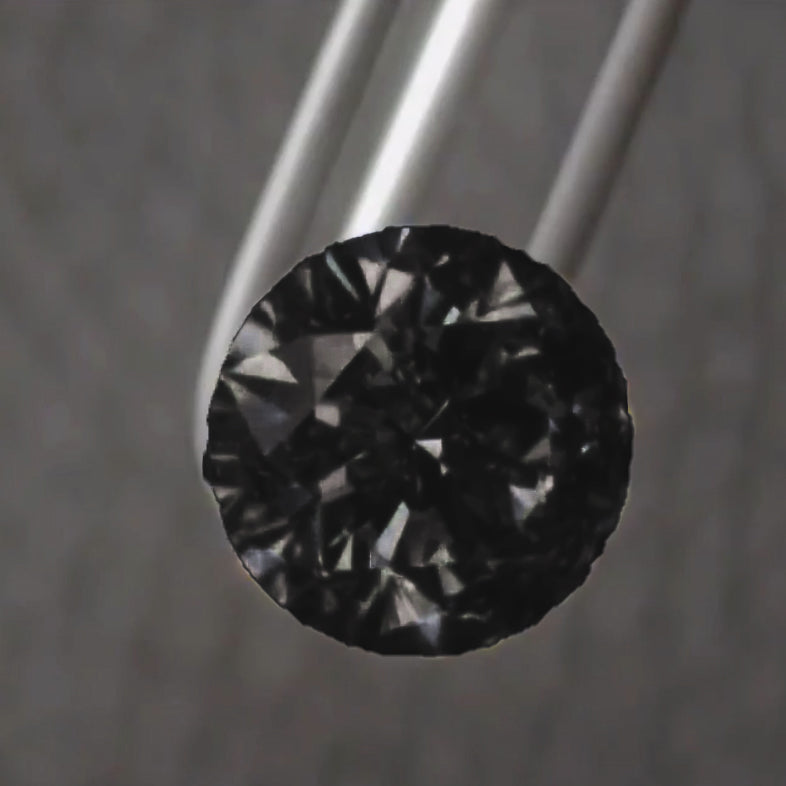
Inspecting
Even though it sounds similar to grading, it is not the same. This step checks if the stone meets the right specifications. If it does, it is passed on for sale. If not, it goes back to the polishing process.
What is Black Diamond Used For?
Black diamonds can be used in anything diamonds are used. It is very popular for engagement rings, necklaces, pendants, and earrings. Black diamond engagement rings became very popular in the last decade due to celebrities wearing them on the red carpet and choosing them for their "I do's".
What are the Types of Cuts for Black Diamond?
There are three different cuts of black gemstones to choose from and many different shapes. Each cut and shape accent the unique characteristics of black diamonds. A carbonado is either a step cut, brilliant cut, or a combination of the two.
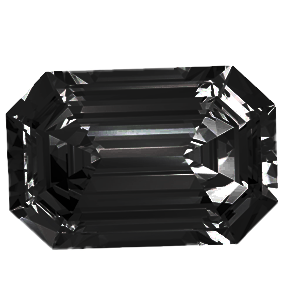
Step Cut
Step cut stones tend to be longer and more rectangular in shape. Emerald cut black gemstones and Asscher cut black gemstones are two of the most popular step cuts. Traditionally, emerald cut stones are known for their flashy mirror effect, while emerald cut black gems transform the mirror effect to a subtle, reflective glow.
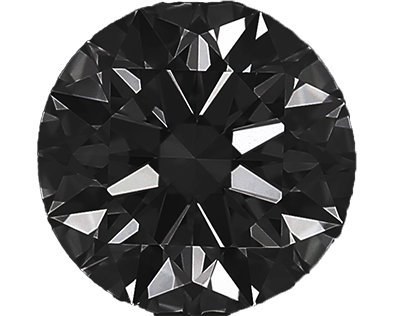
Brilliant Cut
Brilliant cut diamonds are cut in a cone shape with the illusion of dazzling lights bouncing around the top of the diamond. Due to the fact, black gemstones are dark, the top of this cut absorbs light rather than reflecting it. Lastly, a round cut is one of mathematical precision with 58 facets that maximize a black gem’s hypnotizing, yet soft glow.
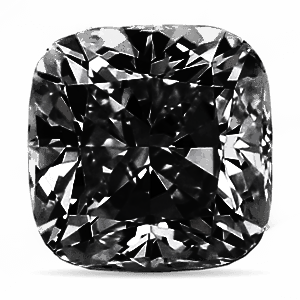
Mixed Cut
The third diamond cut is a mixed cut. This cut is a great way to combine the best properties of both cuts. Princess cut black diamonds and cushion cut black diamonds are popular choices of this type as it hides any visible inclusions and maximizes its beauty.
What are the Factors When Deciding How to Cut Black Diamonds?
When deciding how to cut black diamonds, the stone is carefully observed for its unique intricacies. The stone is cut to emphasize its natural beauty and color saturation. Just like white diamonds, black diamonds are not consistently one color; therefore, heat-treatment is also an important step of the process.
Does Black Diamond Have Inclusions?
Yes, carbonados have inclusions. The inclusions are what give natural carbonados their dark color. The inclusions are usually microscopic concentrations of graphite, magnetite, hematite or native iron. The concentration of cleavages and internal fractures stained black by graphitization are responsible for the black, brown or olive-green color.
What are the Most Popular Shapes for Black Diamond?
Choosing the best black diamond shape is up to your personal preference, but there are a few that are more popular than others. A round cut black diamond is popular because of its unique twist on a classic cut.
Keep in mind, a round cut stone creates the most waste when it is cut. This means it's usually more expensive than other cuts. A round cut black diamond engagement ring is perfect for someone looking for a timeless look.
Another popular choice is a princess cut black diamond. A princess cut is a square cut that emphasizes the unique glow of the dark colored diamond. This shape reduces the visibility of flaws and inclusions creating stunning stone with a subtle sparkle. A princess cut black diamond engagement ring is ideal for someone looking to emphasize the unique beauty of this dark gemstone.
With Clarity offers the popular round cut and princess cut black diamond engagement ring as well as oval black diamond engagement rings and pear black diamond engagement rings. Additionally in white gold, rose gold, and yellow gold metal settings.
FAQs
How are black diamonds cut?
What is black diamond used for?
What are the different types of cuts for black diamonds?
Do black diamonds have inclusions?









